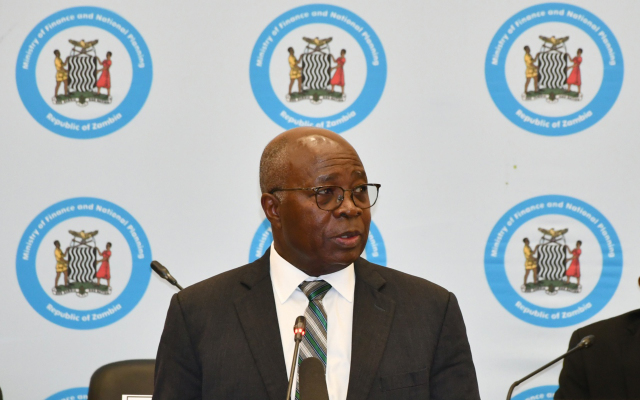Zambia’s Debt-to-GDP Ratio Falls Below 100% for First Time in Over Seven Years – IMF
Zambia is on course to record a major economic milestone, with its public debt-to-GDP ratio projected to drop to 91.1% by December 2025, according to the latest IMF Country Report No. 25/225 released on August 5, 2025.
This marks the first time in over seven years that the nation’s debt level has fallen below the 100% threshold, signalling renewed macroeconomic stability and investor confidence.
The report, citing Table 1 on page 4, projects a sustained decline in the debt ratio over the next two years, with figures expected to fall to 69.4% by 2027. The drop follows significant efforts by the government to implement economic reforms, restructure external debt, and reinforce fiscal discipline under the Extended Credit Facility (ECF) programme.
Reacting to the report, Minister of Finance and National Planning, Dr Situmbeko Musokotwane, MP, welcomed the findings as evidence that the government’s economic strategy is working.
“Numbers don’t lie. Our prudent economic management and debt restructuring efforts are beginning to bear fruits. The difference is evident,” he said.
Dr Musokotwane explained that a declining public debt-to-GDP ratio is a strong indicator of a country’s economic health, as it means the economy is growing faster than its debt obligations.
He stressed that this improvement boosts investor confidence, leading to job creation, increased development, and wealth generation.
“The lower the public debt-to-GDP ratio, the greater the investor confidence in our market and in our economy,” he added.
The Minister further noted that lower debt levels free up public resources that can now be channelled toward infrastructure, healthcare, education, and social protection.
He emphasized that reduced debt servicing costs would also improve Zambia’s credit rating and reduce the cost of borrowing on both domestic and international markets.
The IMF attributes Zambia’s improved outlook to a mix of sound fiscal policies, progress in external debt restructuring negotiations, and a stronger economic framework supported by international partners. These reforms, the report states, have collectively reduced the risk of debt distress and positioned Zambia on a more sustainable economic path.



